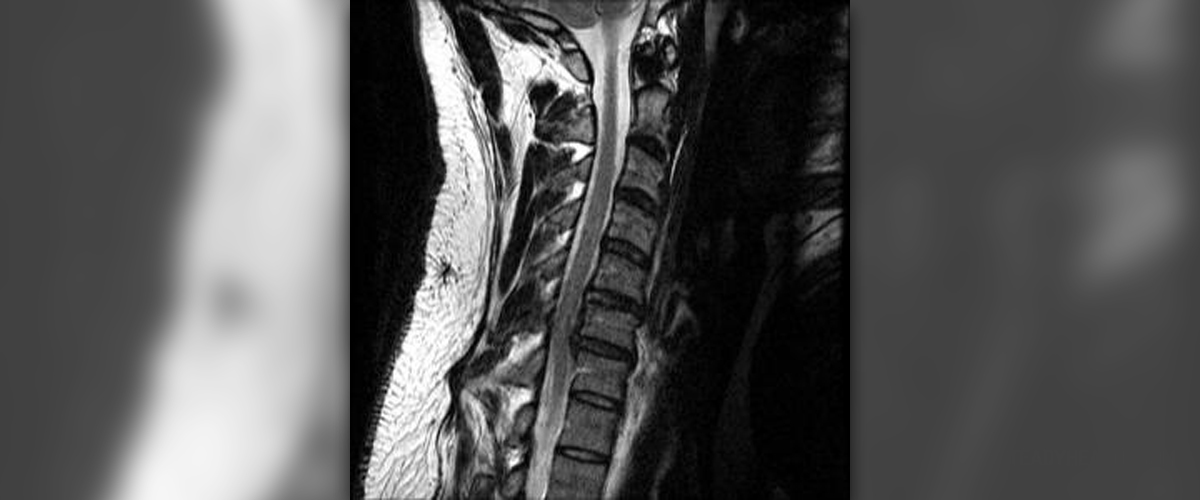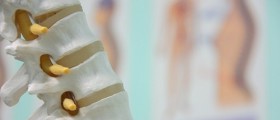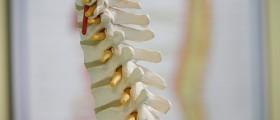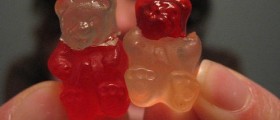
In most cases, pain in the arms caused by cervical disc herniation can be cured by treatment methods within a few weeks, the most a couple of months. However, if pain lasts longer than 6-12 weeks, the problem should be solved surgically. Cervical disc herniation surgery in 95-98% cases is successful, leaving no pain and deformities.
This operation can be carried out in several ways:
Anterior cervical discectomy and spine fusion - means removing the damaged disc through a one inch cut at the front side of neck. The area where the disc was fuses itself or plates can be inserted to accelerate and improve the process of fusion.
Anterior discectomy without spine fusion - surgery process is the same as the previous one, only place where the disk was remains open. This space will often fuse no matter if the new bone wasn’t added, which lengthens the process of healing, and may cause deformities.
Posterior cervical discectomy - surgery is performed on the back of the neck, but it is technically more difficult to perform since in this area is a large number of veins that are bleeding and reduce visibility during surgery. In addition, this operation requires more manipulation to the spinal cord.
If the surgeon who performs the surgery is experienced, the risk of possible complications will be less. Although, there is possibility for some complications, such as:In one of the thousands of case damaging the esophagus or the main vein in the front neck may happen In 1% of cases occurs withdrawal recurrent laryngeal nerve, causing hoarseness, which passes within 2-3 weeks in a few cases, there is a chance that fusion fails, so it is necessary to repeat the fusion In 1% of cases there is a chance for dislocation of the anterior bone graft if is not installed cervical plateIn very rare cases spinal cord or nerve roots may be damaged during surgery. In 1% of cases, it may happen that cerebrospinal fluid infects or leaks out. Since the anterior surgery is carried out through a small incision in the neck through an area of tissue that does not require cutting, postoperative pain is bearable and not so strong. The pain in the arms also passes quickly after surgery, but a sense of numbness and weakness can stay a little longer. The neck pain also often appears lasting for some time.
Postoperative care includes wearing a neck brace which type and duration of use varies from patient to patient. In addition, physical activity in the postoperative period should be limited provided that such restrictions are also individual.








-Causes,-Symptoms,-Diagnosis,-Treatment_f_280x120.jpg)








Your thoughts on this
Loading...